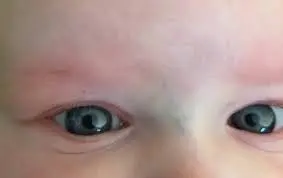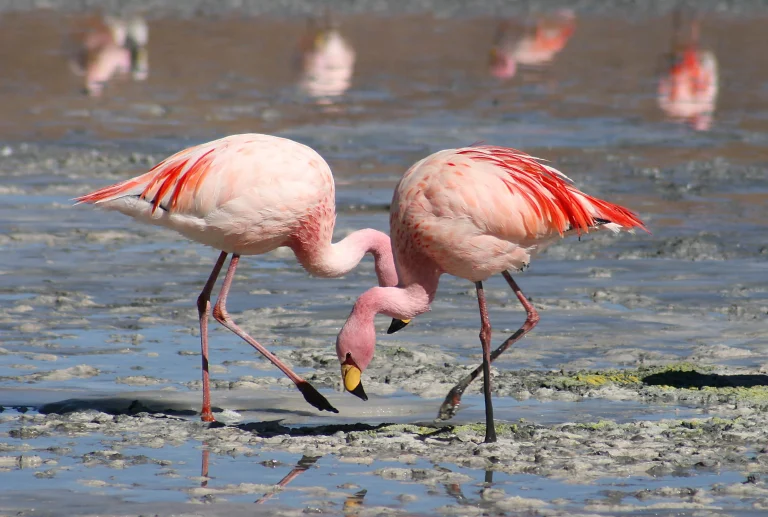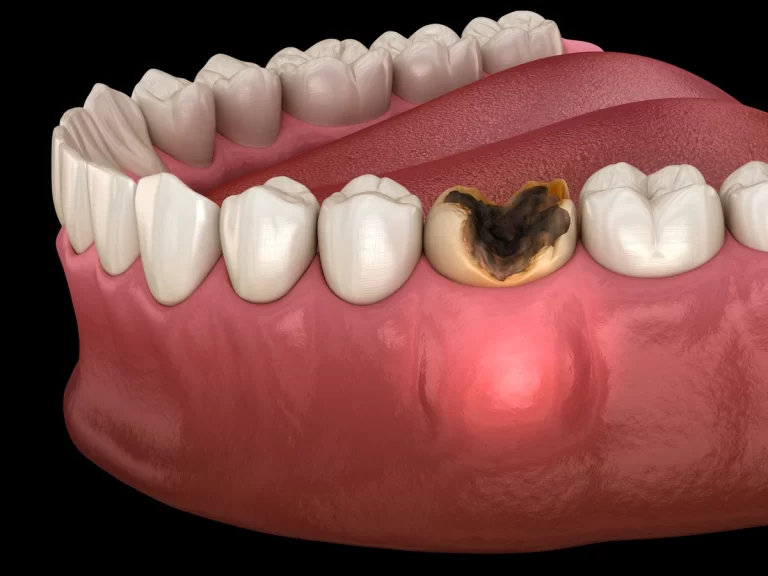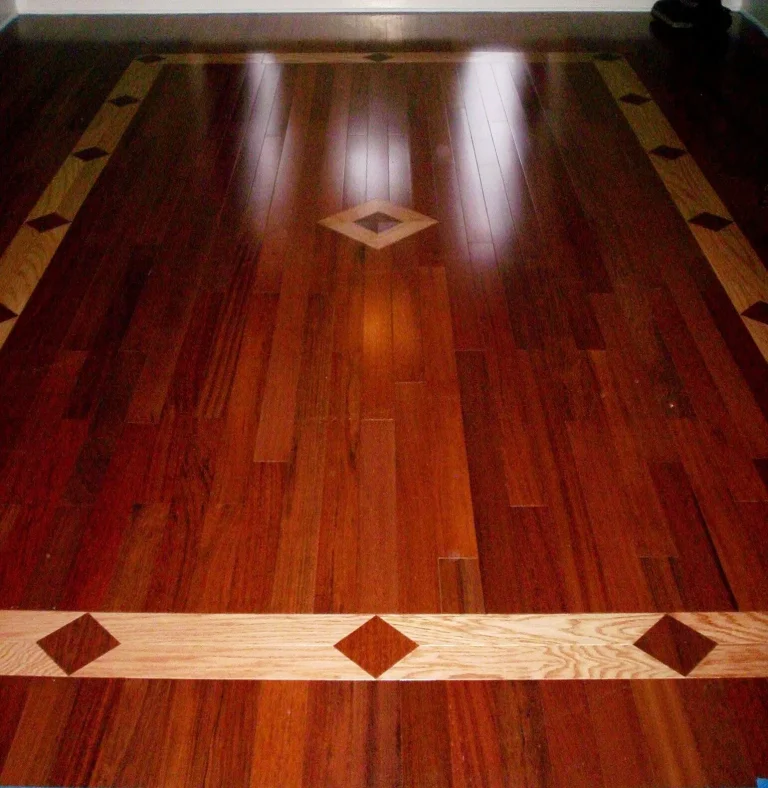Introduction
Are you a new parent who has noticed a peculiar blue vein on your baby’s forehead? Don’t panic just yet! What you may be seeing is commonly referred to as the “sugar bug vein.” While its appearance can be alarming, especially for first-time parents, it’s important to understand that this phenomenon is actually quite common in babies. In this blog post, we will explore what exactly the sugar bug vein is, why it occurs, and how you can provide support for your little one. So let’s dive in and demystify the world of sugar bug veins together!
Is Sugar Bug Vein Normal?
One common concern that parents may have is the appearance of a vein on their baby’s face. But what exactly is a sugar bug vein and is it normal? Let’s delve into this topic to gain a better understanding.
It refers to the visible veins that can sometimes be seen on a baby’s face, often around the bridge of their nose. These veins may appear more prominent when the baby cries or becomes overheated, causing them to flush or turn red. While some babies may have more noticeable veins than others, in most cases, these veins are completely normal and pose no cause for alarm.
These visible veins are simply due to the thinness of an infant’s delicate skin and the underdeveloped fat layer beneath it. As they grow older and their facial features mature, these veins tend to become less pronounced over time.
It’s important for parents not to worry too much about these veins as they are typically harmless and will naturally fade away as the child grows. However, if you have any concerns about your baby’s health or notice any changes in their appearance or behavior, it is always best to consult with your pediatrician for reassurance and guidance.
While seeing a vein on your baby’s face can be initially concerning, rest assured that it is generally nothing abnormal. The prominence of these veins tends to diminish as your child grows older. Remember that every child develops differently, so if you have any worries or questions regarding your little one’s health or appearance, don’t hesitate to seek professional advice from your healthcare provider
How Sugar Bug Veins Look by the Appearance
It is a common disease occurrence in babies, but what does it actually look like? Well, the appearance of this vein can vary from baby to baby. It usually appears as tiny blue or purple veins on the bridge of the nose or around the eyes.
These delicate veins may seem more prominent when your baby cries or strains. They can sometimes give the impression that there is a visible network of veins just beneath the surface of their skin. This phenomenon has led to its nickname “sugar bug vein,” due to its resemblance to sugary candy threads.
The size and visibility of these veins can differ from one child to another, with some babies having more noticeable sugar bug veins than others. While they may appear concerning at first, rest assured that they are generally harmless and do not cause any pain or discomfort for your little one.
It’s important to note that this vein is completely normal and typically tends to fade over time as your baby grows older. In most cases, by the age of two or three years old, you will notice a significant reduction in their visibility.
Remember, every child is unique, and while some may have more pronounced veins than others, it does not indicate any underlying health issues. If you have concerns about your baby’s appearance or overall health, it’s always best to consult with their pediatrician for reassurance and guidance.
Causes Of Sugar Bug Vein in Babies
- The appearance of this vein in babies can be concerning for parents. While it is not uncommon, understanding the causes behind this phenomenon can help put their minds at ease. One possible cause of in babies is simply genetics.
- Some individuals have naturally prominent veins, and this trait can be passed down to their children. This means that if both parents have visible veins, it’s more likely that their baby will too.
- Another factor that may contribute to the development of sugar bug veins in babies is low body fat. Babies tend to have less subcutaneous fat than adults, which can make their veins more visible under the skin.
- Additionally, certain medical conditions or medications could also play a role in the visibility of sugar bug veins in infants. Conditions such as dehydration or anemia may cause blood vessels to appear more pronounced. It’s important to note that while sugar bug veins may seem alarming, they are generally harmless and do not require treatment. However, if you notice any unusual symptoms or changes along with the presence of these veins, it’s always best to consult your pediatrician for further evaluation and guidance.
Remember that every baby is unique and may display different characteristics – including visible veins – without any underlying health concerns.
Which Foods To Include in Baby Having Sugar Bug Vein?
Foods play a crucial role in the prevention of veins in babies. By providing them with a well-balanced and nutrient-rich diet, you can help support their overall health and promote healthy blood circulation. Here are some key foods to include when your baby has veins:
1. Fruits and Vegetables
Incorporate plenty of fresh fruits and vegetables into your baby’s diet. These provide essential vitamins, minerals, antioxidants, and fiber that promote healthy blood vessels.
2. Omega-3 Fatty Acids
Include sources like salmon, sardines, walnuts, flaxseeds, and chia seeds in your baby’s meals. Omega-3 fatty acids have anti-inflammatory properties that can aid in reducing inflammation associated with sugar bug veins.
3. Whole Grains
Opt for whole grain cereals, bread, pasta, and rice over refined grains as they are rich in fiber which aids digestion and promotes better blood flow.

4. Lean Proteins
Choose lean meats such as chicken or turkey breast along with plant-based proteins like beans or lentils for protein intake without added saturated fats.
5. Hydration is Key
Ensure your baby drinks enough water throughout the day to stay hydrated as it helps maintain proper blood volume and circulation.
6. Vitamin C
One key nutrient that can be beneficial for a baby’s blood vessels is vitamin C. This powerful antioxidant helps strengthen blood vessel walls and promotes healthy circulation. Foods rich in vitamin C include oranges, strawberries, kiwis, and bell peppers.
7. Omega-3 fatty acids
These are another essential component of a healthy diet for babies with veins. These healthy fats have anti-inflammatory properties that may help reduce inflammation in blood vessels. Good sources of omega-3s include fatty fish like salmon or trout, chia seeds, flaxseeds, and walnuts.
8. Antioxidants
Including foods high in antioxidants can also be beneficial for a baby’s vein health. Antioxidants help protect cells from damage caused by free radicals and promote overall vascular health. Blueberries, spinach, kale, and dark chocolate are all excellent choices.

9. Hydration
Don’t forget about hydration! Drinking enough water is crucial for maintaining proper blood flow throughout the body. Aim to offer your baby small sips of water throughout the day to keep them hydrated.
By incorporating these foods into your baby’s diet regularly while avoiding excessive processed foods high in sugar or unhealthy fats you can help prevent the development of sugar bug veins while supporting their overall health.
Remember to always consult with your pediatrician before making any significant changes to your baby’s diet or introducing new foods.
Can a Sugar Bug Vein Go Away?
Many parents wonder if a sugar bug vein, also known as Mongolian spots, will eventually fade away on its own. The good news is that in most cases, these distinctive blue-gray birthmarks do tend to fade over time.
Mongolian spots are commonly found on the lower back or buttocks of babies with darker skin tones. They are caused by an accumulation of melanocytes, the cells responsible for producing pigment in the skin. These marks can vary in size and shape but often resemble bruises or stains.
While it may take several months or even years for this vein to disappear completely, there’s generally no cause for concern. As your baby grows and their skin matures, these marks should gradually lighten and blend into their natural skin tone.
It’s important to note that although veins typically fade on their own, it’s always advisable to consult with your pediatrician if you have any concerns about your child’s birthmark. In rare cases where the mark persists beyond childhood or causes emotional distress later in life, medical intervention may be considered.
Remember that every baby is unique and develops at their own pace. Embrace your little one’s individuality and celebrate their beautiful journey as they grow and thrive!
What support to give A Baby With a Sugar Bug Vein?
Supporting a baby with a vein requires special care and attention. Here are some ways you can provide the necessary support to your little one:
1. Maintain Good Oral Hygiene
Regularly clean your baby’s teeth and gums using a soft cloth or toothbrush suitable for infants. This helps remove any bacteria or plaque that may contribute to the appearance of a sugar bug vein.
2. Encourage Healthy Eating Habits
Offer a balanced diet rich in vitamins and minerals to promote overall oral health. Limit sugary foods and drinks as they can increase the risk of dental issues, including sugar bug veins.
3. Schedule regular dental check-ups
It’s important to take your baby for routine dental visits so that any potential issues, such as sugar bug veins, can be identified early on and treated effectively.
4. Be gentle during brushing
Use gentle strokes while brushing your baby’s teeth to avoid causing discomfort or irritation around the affected area.
5. Stay Calm and Supportive
If your baby experiences any pain or discomfort due to veins, offer comfort by soothing them with gentle words and cuddles.
Remember, providing emotional support along with proper oral care is crucial when dealing with sugar bug veins in babies. By taking these steps, you can help ensure their oral health remains in good condition as they grow older!
is Sugar Bug Vein Painful?
One common concern among parents when it comes to this disorder is whether or not it causes any pain for their little ones. The good news is that the sugar bug vein itself does not typically cause any discomfort or pain.
This disorder also known as a Mongolian spot, is simply a harmless birthmark that appears on the skin of some babies. It usually manifests as bluish-gray patches on the lower back or buttocks, but can also be found in other areas of the body. While its appearance may be concerning to parents, it is important to remember that this type of birthmark does not pose any health risks and will eventually fade over time.
It’s worth noting that every baby is different and may have varying reactions to their veins. While most babies do not experience any discomfort from these marks, there may be rare cases where the area becomes sensitive or irritated. If you notice any signs of irritation such as redness, swelling, or itching around the birthmark, it’s best to consult your pediatrician for further evaluation.
While this condition is generally painless and harmless birthmarks in babies, it’s always important to monitor your child’s skin for any changes or signs of irritation. Remember that each baby is unique and if you have concerns about your child’s specific case, don’t hesitate to seek guidance from a healthcare professional.
Conclusion
The presence of a vein in babies is a normal occurrence that often resolves on its own as they grow. It is simply an anatomical variation rather than a cause for concern. While it may appear unsightly to some parents, it does not pose any health risks or indicate underlying medical conditions.
Understanding the causes and prevention methods can help alleviate any worries you may have about your baby’s veins. Remember that genetics play a significant role in determining its appearance, so there isn’t much you can do to prevent it from occurring.
However, maintaining a healthy diet rich in fruits and vegetables can promote overall skin health and minimize the visibility of veins. Additionally, providing emotional support and reassurance to your baby during this time can make them feel more comfortable and confident in their own skin.
If you still have concerns or notice any changes in your baby’s vein, it is always best to consult with their pediatrician for further evaluation. They will be able to provide personalized guidance based on your child’s specific situation.
Remember that while the appearance of this vein may seem concerning at first, rest assured that it is typically harmless and will likely fade over time as your little one continues to grow. Embrace their unique features and focus on nurturing their overall well-being instead.
For More Informative Articles, Keep Visiting Formal Words







